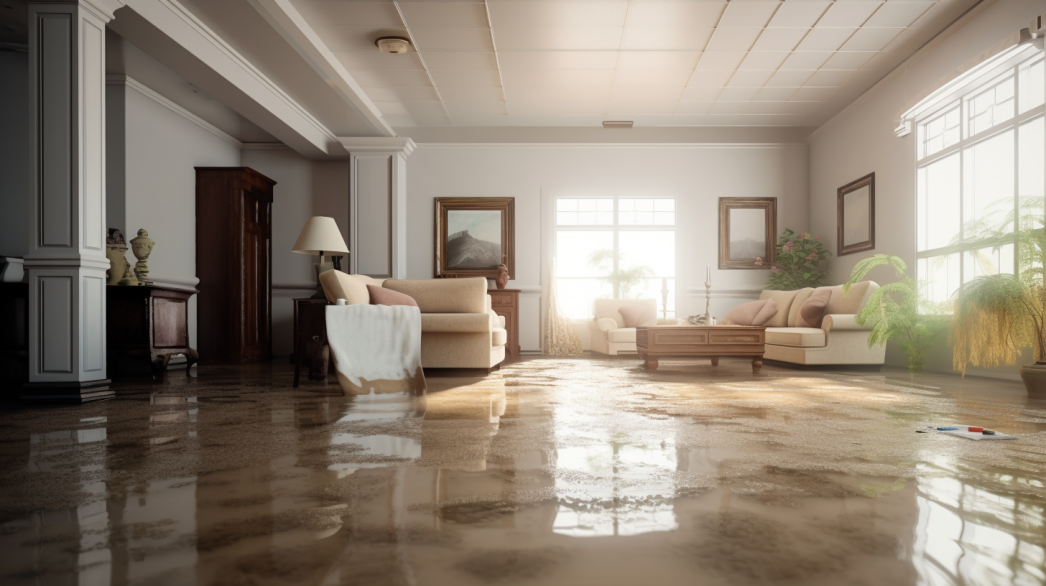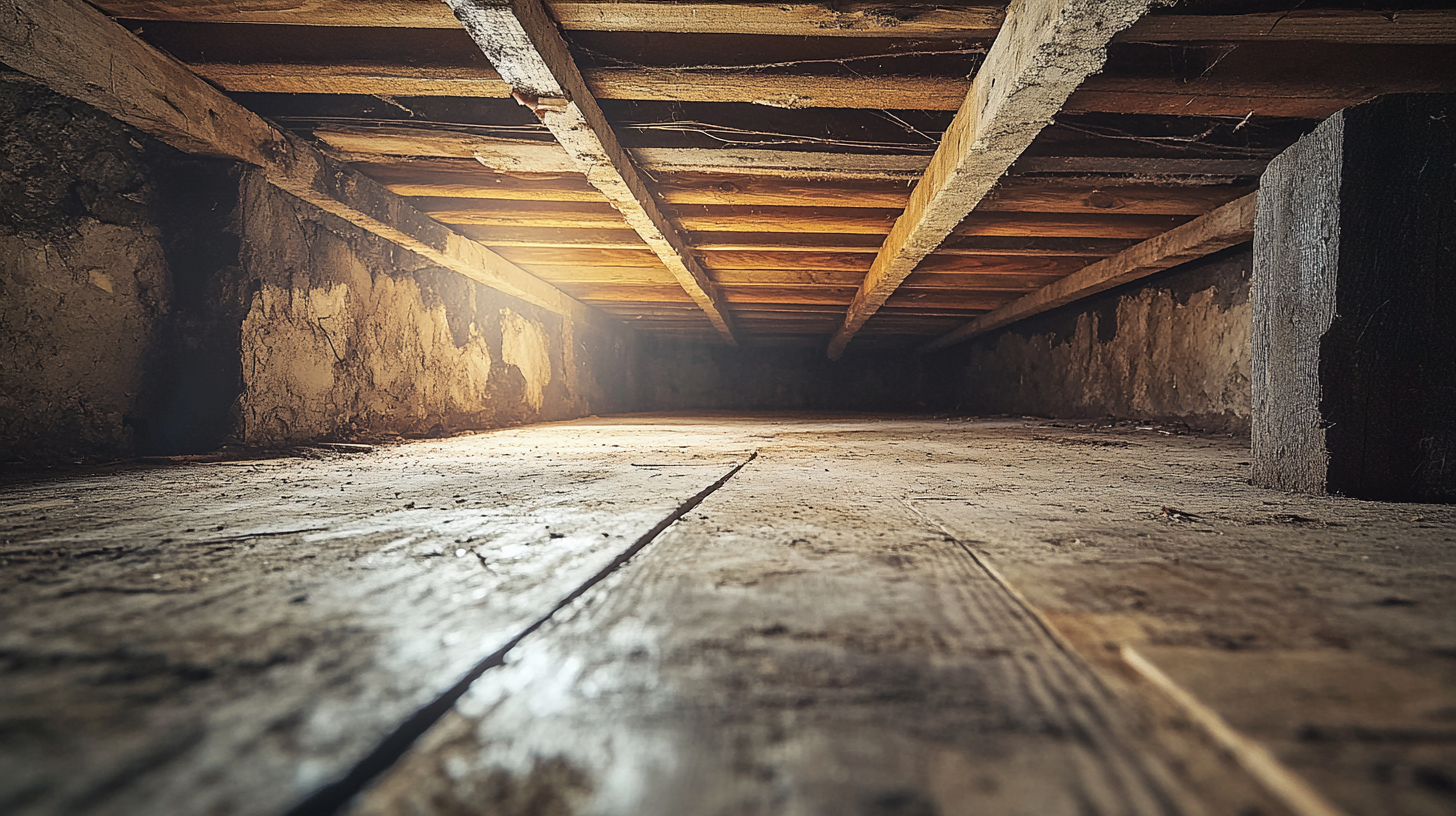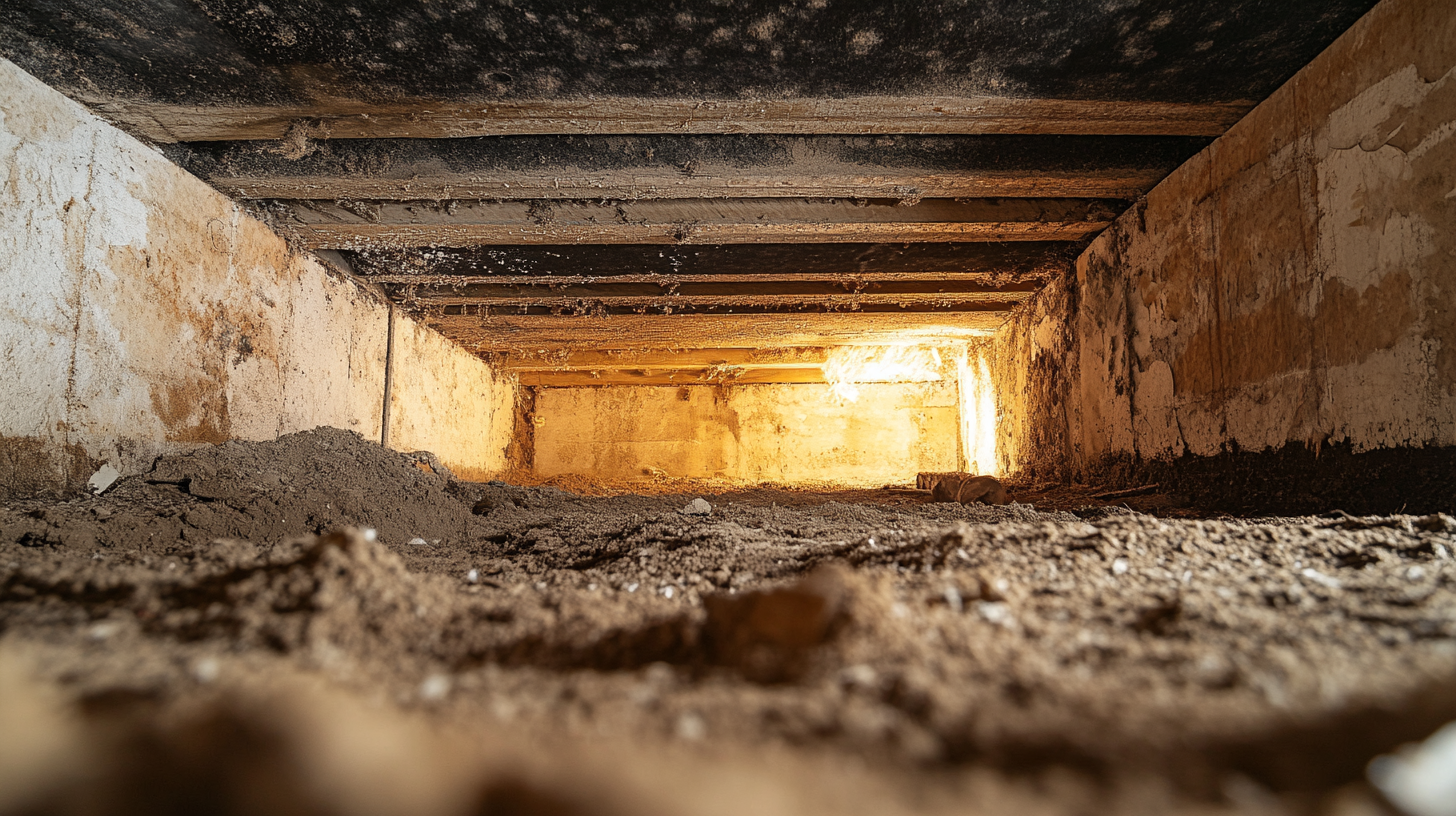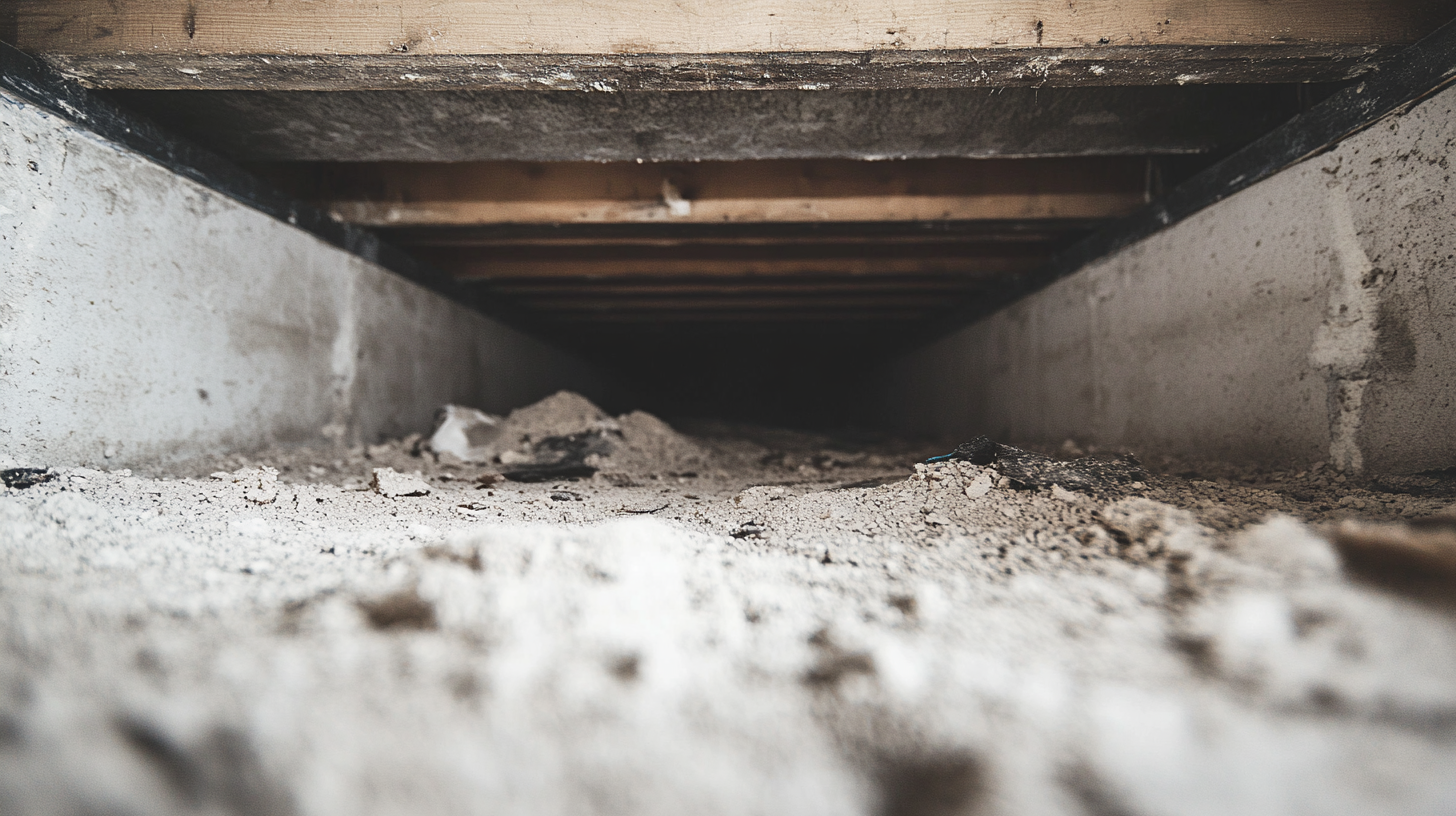Locally owned and operated.
Call Us Anytime: +1 843-304-6615
CLEANING & RESTORATION
24/7 Emergency Services:
Call us at 843-305-3383
Locally owned and operated.
Call Us Anytime: 843-305-3383
CLEANING & RESTORATION
24/7 Emergency Services:
Call us at 843-305-3383
Step-by-Step Guide to Ensuring Safety in Water Damage Restoration

Water damage restoration projects are critical undertakings that require meticulous attention to safety. The aftermath of water-related incidents, such as floods, leaks, or burst pipes, presents numerous hazards that can jeopardize the health and safety of restoration workers. Ensuring safety in these projects is paramount not only to protect the workers but also to guarantee the successful and efficient restoration of affected properties.
Water damage often results in compromised structural integrity, electrical hazards, and the proliferation of harmful microorganisms like mold and bacteria. Restoration professionals must navigate these risks while conducting their work, making the implementation of robust safety protocols essential. Proper safety measures prevent accidents, reduce health risks, and help maintain a secure working environment.
One of the primary concerns in water damage restoration is exposure to contaminated water, which can carry pathogens and hazardous chemicals. This necessitates the use of appropriate Personal Protective Equipment (PPE), such as waterproof gloves, boots, and respiratory protection, to shield workers from potential infections and chemical exposure. Additionally, safety protocols must include thorough risk assessments, proper ventilation, and the use of dehumidifiers and air scrubbers to mitigate airborne hazards.
Adhering to safety standards and regulations, such as those established by OSHA, ensures that water damage restoration projects are conducted responsibly. These regulations provide guidelines for handling hazardous materials, ensuring electrical safety, and maintaining hygiene standards, which are crucial for preventing injuries and long-term health issues.
This blog will delve into the various aspects of safety in water damage restoration projects, highlighting the importance of PPE, risk assessments, and adherence to safety regulations. By understanding and implementing these safety measures, restoration professionals can protect themselves and others, ensuring a safe and successful restoration process.
Initial Assessment and Preparation
Site Inspection
Identify Hazards: Electrical Risks, Structural Damage, Mold Presence
The first step in any water damage restoration project is a thorough site inspection to identify potential hazards. Electrical risks are a primary concern, as water intrusion can compromise electrical systems, posing severe shock and fire hazards. Restoration professionals must inspect for exposed wiring, damaged outlets, and any standing water near electrical sources.
Structural damage is another critical hazard to identify. Water can weaken building materials, leading to unstable structures that may collapse unexpectedly. Inspecting the integrity of walls, ceilings, and floors is essential to ensure a safe working environment.
Mold presence is a significant health risk associated with water damage. Mold can begin to grow within 24-48 hours of water exposure, releasing spores that can cause respiratory issues and other health problems. Identifying areas with visible mold growth and potential hidden mold, such as behind walls or under flooring, is crucial for planning effective remediation.
Assess Damage: Determine the Extent of Water Intrusion and Affected Areas
Assessing the extent of water intrusion involves determining how much water has entered the property and identifying all affected areas. This assessment helps in creating a comprehensive restoration plan. Key steps include:
- Measuring Moisture Levels: Using moisture meters and thermal imaging cameras to detect water in walls, floors, and ceilings.
- Documenting Affected Areas: Mapping out all the areas impacted by water, including basements, crawl spaces, and hidden cavities.
- Categorizing Water Damage: Classifying the water damage based on its source—clean water, grey water, or black water—to determine the level of contamination and appropriate remediation steps.
Personal Protective Equipment (PPE)
Essential PPE: Gloves, Goggles, Masks, Waterproof Boots, Coveralls
Personal Protective Equipment (PPE) is vital for ensuring the safety of workers involved in water damage restoration. Essential PPE includes:
- Gloves: Protect hands from contaminants and hazardous materials.
- Goggles: Shield eyes from splashes of contaminated water and harmful chemicals.
- Masks: Prevent inhalation of mold spores, dust, and other airborne contaminants.
- Waterproof Boots: Protect feet from exposure to contaminated water and provide traction on wet surfaces.
- Coveralls: Provide full-body protection against contaminants and prevent skin contact with hazardous substances.
Usage: Select Appropriate PPE Based on Identified Hazards
Selecting the appropriate PPE is critical and should be based on the hazards identified during the site inspection. For instance:
- In areas with high mold presence, respiratory protection such as N95 masks or respirators with HEPA filters is necessary.
- Where there is a risk of electrical hazards, non-conductive gloves and boots should be worn.
- For extensive water damage involving contaminated water, full-body coveralls, and waterproof boots are essential to prevent skin contact and cross-contamination.
Proper training on the correct use and maintenance of PPE is also crucial. Workers must be instructed on how to don and doff PPE safely, how to check for any damage or wear, and the importance of regular cleaning or replacement of PPE to maintain its protective qualities.
Electrical Safety
Power Shutdown
Turn Off Electricity: Cut Power to Affected Areas to Prevent Electrocution
In any water damage restoration project, ensuring electrical safety is paramount. The first and most critical step is to turn off electricity to all affected areas. Water intrusion can create a dangerous situation where electrical currents can travel through water, posing severe risks of electrocution to workers. Before beginning any restoration work, locate the main electrical panel and switch off the breakers that supply power to the impacted zones. If you are uncertain about handling the electrical system, contact a qualified electrician to safely manage the power shutdown.
Use GFCIs: Use Ground-Fault Circuit Interrupters on Electrical Tools
To further enhance electrical safety, use Ground-Fault Circuit Interrupters (GFCIs) with all electrical tools and equipment. GFCIs are designed to protect against electric shock by shutting off the power if they detect an imbalance in the electrical current. This feature is particularly crucial in wet conditions, where the risk of electrical shock is significantly higher. Ensure that all extension cords and power outlets used during the restoration project are equipped with GFCIs. Regularly test GFCIs to confirm they are functioning correctly before use.
Safe Equipment Use
Waterproof Tools: Use Tools Rated for Wet Conditions
Using the right tools is essential for maintaining safety during water damage restoration. Only use waterproof tools that are specifically rated for wet conditions. These tools are designed to operate safely in damp environments, reducing the risk of electrical shock. Look for equipment with waterproof seals and casings, and verify their safety ratings before use. Tools that are not rated for wet conditions should never be used in areas where water is present.
Extension Cords: Ensure They Are Appropriate for Wet Environments
Extension cords are often necessary to power tools and equipment in restoration projects. However, it is crucial to use extension cords that are designed for wet environments. These cords typically feature heavy-duty insulation and waterproof connectors to prevent water from entering and causing short circuits or electrical shocks. Inspect extension cords for any signs of damage, such as cuts or frays, before use, and replace any compromised cords immediately. Additionally, keep all connections elevated and away from standing water to minimize the risk of electrical hazards.
By following these electrical safety protocols, workers can significantly reduce the risk of accidents and injuries during water damage restoration projects. Properly managing power shutdowns, using GFCIs, and ensuring the safe use of tools and extension cords are fundamental practices that contribute to a secure and efficient restoration process.
Handling Contaminated Water
Water Categories
Category 1: Clean Water from Broken Pipes, Rainwater
Category 1 water, also known as clean water, originates from sources that do not pose substantial threats to human health. Common examples include water from broken supply lines, overflow from sinks or bathtubs (without contaminants), and rainwater. Although considered clean, this water can become contaminated if it comes into contact with other surfaces or materials. It is crucial to address Category 1 water quickly to prevent it from degrading into Category 2 or 3 water, which are more hazardous.
Category 2: Gray Water with Contaminants (e.g., Washing Machine Overflow)
Category 2 water, or gray water, contains a significant level of contamination and poses health risks to humans. This type of water may come from washing machine overflows, dishwashers, or toilet bowl overflows (with urine but no feces). Gray water can contain bacteria, viruses, and other microorganisms, as well as chemicals from soaps and detergents. While not as hazardous as black water, gray water still requires careful handling and proper PPE to ensure safe cleanup.
Category 3: Black Water with Hazardous Contaminants (e.g., Sewage)
Category 3 water, known as black water, is highly contaminated and poses severe health risks. Sources of black water include sewage backups, flooding from rivers or streams, and water contaminated with fecal matter or other hazardous substances. Black water can contain harmful pathogens, chemicals, and toxins, making it the most dangerous type of water to handle. Extensive precautions and stringent safety measures are essential when dealing with Category 3 water.
Safe Removal Practices
Proper PPE: Use Appropriate PPE for Each Water Category
The use of proper Personal Protective Equipment (PPE) is critical when handling contaminated water to protect against potential health hazards. The level of PPE required depends on the category of water:
- Category 1: Basic PPE, such as gloves and waterproof boots, may suffice. However, it is still important to avoid direct contact with the water to prevent any potential risks.
- Category 2: Enhanced PPE, including gloves, waterproof boots, and masks or respirators, is necessary to protect against contaminants in the water. Goggles may also be required to protect the eyes from splashes.
- Category 3: Full protective gear, including gloves, waterproof boots, full-body coveralls, respirators, and goggles, is mandatory. This high level of protection is essential to guard against the severe health risks posed by black water.
Disinfection: Disinfect Tools and Surfaces After Cleanup
After removing contaminated water, thorough disinfection of tools and surfaces is essential to eliminate any remaining pathogens and prevent the spread of contamination. Key practices include:
- Disinfecting Tools: Clean all tools and equipment used in the cleanup process with appropriate disinfectants. This step ensures that no contaminants are transferred to other areas or future projects.
- Sanitizing Surfaces: Use strong disinfectants to sanitize all affected surfaces, including floors, walls, and any furniture or fixtures that came into contact with the contaminated water. Ensure that the disinfectants used are effective against the specific pathogens likely present in the water.
- Proper Disposal: Dispose of any materials that cannot be adequately disinfected, such as heavily contaminated carpeting or drywall, according to local regulations for hazardous waste.
By understanding the different categories of water contamination and implementing safe removal practices, restoration professionals can effectively manage the risks associated with water damage projects. Proper use of PPE and rigorous disinfection protocols are crucial components of a safe and successful restoration process.
Structural Safety
Stability Assessment
Check for Damage: Inspect for Compromised Walls, Ceilings, and Floors
Before commencing any restoration project, a thorough stability assessment of the structure is essential. Inspecting for damage helps identify compromised areas that could pose significant safety risks. Restoration professionals should look for signs of structural distress, such as cracks in walls, sagging ceilings, and uneven or soft spots in floors. These indicators can signify underlying issues that need to be addressed to ensure the building's stability. Detailed inspections should involve both visual assessments and the use of tools like moisture meters and structural integrity testers to detect hidden damage.
Shoring and Bracing: Support Structures to Prevent Collapse During Restoration
In cases where structural damage is identified, shoring and bracing are critical to prevent collapse during the restoration process. Shoring involves installing temporary supports to hold up weakened structures, while bracing provides additional reinforcement to maintain stability. This might include the use of props, beams, and scaffolding to support walls, ceilings, and floors. Proper shoring and bracing techniques not only protect the integrity of the building but also ensure the safety of workers operating within the compromised areas. It is crucial to follow engineering guidelines and consult with structural experts when implementing these safety measures.
Safe Work Practices
Avoid Overloading: Do Not Overload Structural Elements with Heavy Equipment
One of the key principles of structural safety during restoration is avoiding the overloading of structural elements. Heavy equipment and materials should be carefully managed to prevent placing excessive weight on floors, ceilings, and other structural components. Overloading can exacerbate existing damage or cause new structural failures, leading to dangerous conditions. Planning the placement and movement of heavy items and distributing weight evenly can help mitigate these risks. Additionally, using lightweight materials and equipment where possible can further reduce the strain on the structure.
Use Ladders Safely: Ensure Ladders Are Stable and Used According to Guidelines
Safe use of ladders is essential to prevent falls and injuries during restoration projects. Ensuring that ladders are stable and used correctly involves several best practices:
- Inspection: Regularly inspect ladders for defects such as cracks, loose rungs, or broken parts. Only use ladders that are in good condition.
- Placement: Position ladders on a flat, stable surface to prevent slipping. Secure the base and, if necessary, tie off the top of the ladder to a stable structure.
- Usage: Follow safety guidelines for ladder use, such as maintaining three points of contact (two hands and one foot, or two feet and one hand) at all times. Do not lean too far to the side, which can destabilize the ladder.
- Capacity: Ensure the ladder can support the user's weight plus any tools or materials being carried. Never exceed the ladder's weight rating.
By adhering to these safe work practices and conducting thorough stability assessments, restoration professionals can create a safer working environment and protect both the building and its occupants. Implementing these measures helps prevent accidents and ensures the successful completion of restoration projects.
Mold and Microbial Safety
Identifying Mold
Visual Inspection: Look for Visible Mold Growth and Water Stains
The first step in addressing mold and microbial safety in restoration projects is identifying the presence of mold. A visual inspection is a straightforward method to detect visible mold growth and water stains, which are common indicators of mold infestation. Mold can appear in various colors, including black, green, white, and brown, and it often thrives in damp, dark areas. During the inspection, pay close attention to areas prone to moisture, such as basements, bathrooms, behind wallpaper, and under carpets. Water stains on walls, ceilings, or floors often signal underlying mold problems that need to be addressed promptly.
Air Quality Testing: Conduct Tests to Identify Airborne Mold Spores
While visual inspections can reveal obvious mold, air quality testing is essential to detect airborne mold spores that are not visible to the naked eye. Air quality tests involve collecting air samples from different areas of the property and analyzing them for mold spores. This method helps identify the extent of mold contamination and the types of mold present, which is crucial for developing an effective remediation plan. Professional testing services use specialized equipment to ensure accurate results and provide detailed reports on the air quality.
Safe Mold Remediation
Containment: Isolate Affected Areas to Prevent Spore Spread
Containment is a critical step in mold remediation to prevent the spread of mold spores to unaffected areas. Isolating the affected zones involves sealing off the contaminated areas with plastic sheeting and using negative air pressure machines to capture airborne spores. This containment strategy helps protect the rest of the property from further contamination and ensures that remediation efforts are focused and effective. Establishing containment barriers at entrances and exits of the affected area is essential to control movement and reduce the risk of spreading mold spores.
Proper PPE: Use Respirators, Gloves, and Protective Clothing
Personal Protective Equipment (PPE) is vital for the safety of workers involved in mold remediation. Proper PPE includes respirators, gloves, and protective clothing:
- Respirators: Use N95 respirators or higher-grade masks to protect against inhaling mold spores and other harmful particles.
- Gloves: Wear gloves to prevent skin contact with mold and cleaning agents. Nitrile or rubber gloves are recommended for their resistance to chemicals.
- Protective Clothing: Full-body coveralls help shield the skin and regular clothing from mold spores and contaminants. Disposable coveralls are particularly useful as they can be discarded after use to prevent cross-contamination.
Cleaning: Use Appropriate Biocides and Cleaning Methods
Effective mold remediation requires the use of appropriate biocides and cleaning methods to eliminate mold and prevent regrowth. Key steps include:
- Biocides: Select EPA-approved biocides specifically designed for mold remediation. These chemicals kill mold spores and inhibit their growth. Follow the manufacturer's instructions for safe and effective application.
- Cleaning Methods: Use HEPA vacuums to remove loose spores from surfaces, followed by damp wiping with biocide solutions. For porous materials like drywall or carpeting, removal and replacement may be necessary if the mold infiltration is extensive.
- Drying: Ensure the affected area is thoroughly dried after cleaning to prevent moisture buildup, which can lead to mold recurrence. Dehumidifiers and fans can aid in the drying process.
By following these guidelines for identifying and safely remediating mold, restoration professionals can protect themselves and the property from the harmful effects of mold and microbial contamination. Proper containment, the use of PPE, and effective cleaning practices are essential components of a successful mold remediation strategy.
FAQs
-
Why turn off electricity first?
Turning off electricity prevents electrocution and electrical fires. It is crucial to ensure the safety of workers by cutting power to affected areas before starting any water damage restoration work.
-
What PPE is essential?
Essential PPE includes gloves, goggles, masks, waterproof boots, and coveralls. Proper PPE protects workers from contaminants and hazards encountered during water damage restoration.
-
How to identify mold?
Identify mold through visual inspections for visible growth and water stains, and conduct air quality tests to detect airborne mold spores. Both methods help in assessing the extent of mold contamination.
-
Why use GFCIs?
Use Ground-Fault Circuit Interrupters (GFCIs) to protect against electric shocks in wet conditions. GFCIs automatically shut off power if an imbalance in electrical current is detected, enhancing safety.
-
What are water categories?
Water categories include Category 1 (clean water), Category 2 (gray water with contaminants), and Category 3 (black water with hazardous contaminants). Each category requires specific handling and safety measures.
Contact Fast Response Cleaning & Restoration Today!
Fast Response Cleaning & Restoration will do everything we can to ensure your experience with us is excellent.
Request A FREE Estimate
Request A FREE Estimate Form
We will get back to you as soon as possible.
Please try again later.
CHECKOUT RECENT POST



Have an Emergency? We're Here to Help!
When it comes to disaster cleanup, we are a seasoned veteran in the industry and have helped hundreds of property owners just like you.
Our disaster recovery teams are available 24-7 to quickly clean up and repair disasters of all types.

We're looking forward to providing you with our outstanding services!
COMPANY INFO
ADDRESS: 307 Cold Creek Pass, Bluffton, SC, 29910, United States
EMAIL: office@fastresponsecr.com
PHONE: 843-305-3383
OFFICE: 843-304-6615
HOURS
SUNDAY: Open 24 Hours
MONDAY: Open 24 Hours
TUESDAY: Open 24 Hours
WEDNESDAY: Open 24 Hours
THURSDAY: Open 24 Hours
FRIDAY: Open 24 Hours
SATURDAY: Open 24 Hours
Copyright © 2021 Fast Response Cleaning & Restoration
Fast Response Cleaning and Restoration FL | Sitemap | Privacy Policy